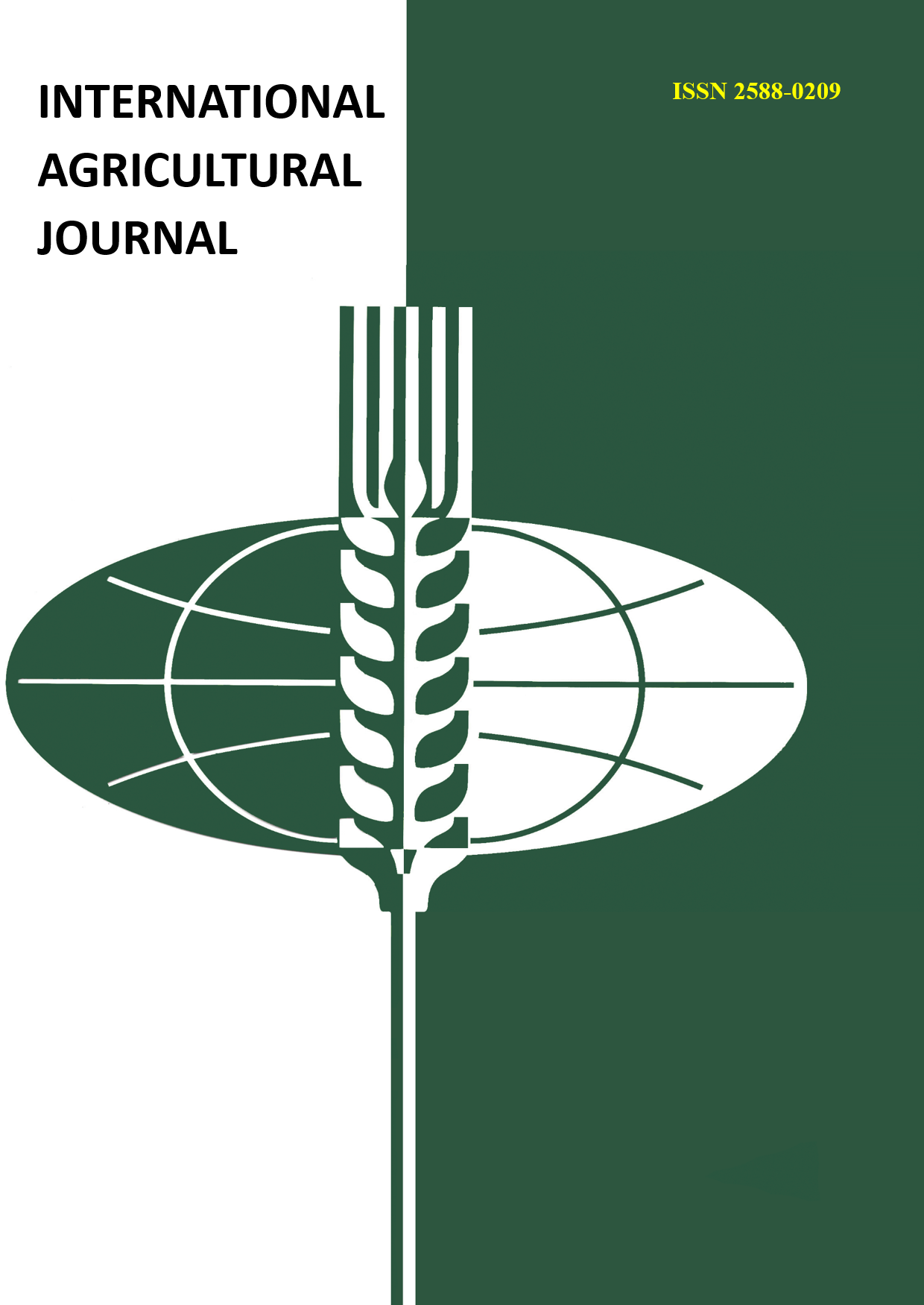The leading reason for the decline in the yield of field crops is the weediness of their crops. Weeds are distinguished by a high level of adaptability to the places where they grow, the ability of seeds to remain viable for a long time, a large number of seeds formed, etc. All of the above explains the need to use a set of control measures for the complete destruction of weeds in crops. The herbicide Basis used in the experiment is a mixture of two active ingredients: 500 g/kg rimsulfuron + 250 g/kg thifensulfuron-methyl. The purpose of the study is to assess the effectiveness of the Basis in the fight against weeds in the corn agrocenosis of the forest-steppe zone of the Chechen Republic. The study was conducted in the period 2016-2019. in the forest-steppe zone of the Chechen Republic. During the species survey of weeds, a complex type of weed infestation was established in the experiment. In the corn crops of the forest-steppe zone of the Chechen Republic, about 25 species of weeds, representatives of 20 families, have been identified. The results obtained are necessary to improve measures to combat weeds in corn agrocenoses in the steppe zone of the Chechen Republic. In crops of corn hybrids in weed control in the forest-steppe zone of the Czech Republic, the most effective is Basis at a dose of 20 g/ha.
kukuruza, gerbicid, Bazis, vidovoy sostav, poteri urozhaya, urozhaynost', gibel', snizhenie massy














